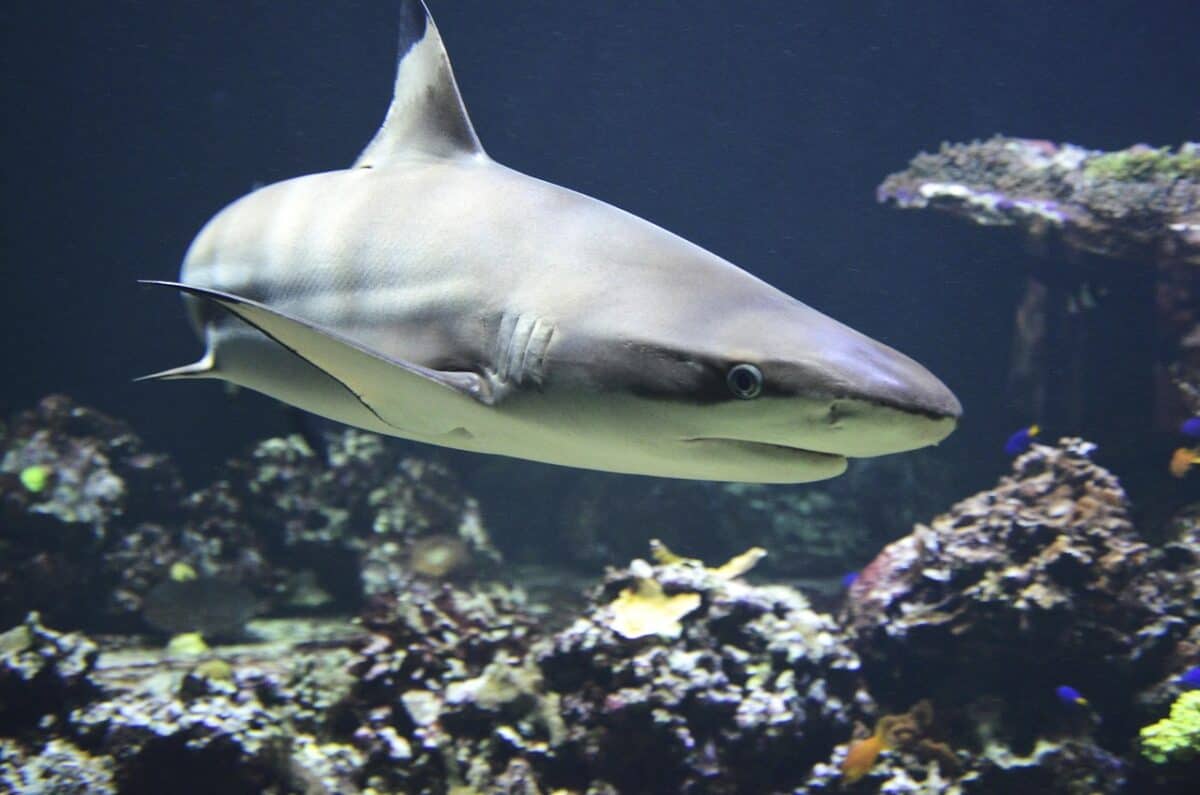Few oceanic predators inspire as much fascination and fear as sharks. Among the many behaviors that have entered popular culture, the image of a shark circling its prey before attacking has become particularly iconic. This behavior has been depicted countless times in movies and documentaries, leading to widespread beliefs about sharks “sizing up” their victims or working themselves into a feeding frenzy. But what’s the scientific truth behind this circling behavior? Is it really a prelude to an inevitable attack, or is there more nuance to this behavior than Hollywood would have us believe? This article explores the real reasons sharks circle before attacking, diving into shark sensory systems, hunting strategies, and the contextual factors that influence this behavior.
The Myth vs. Reality of Shark Circling
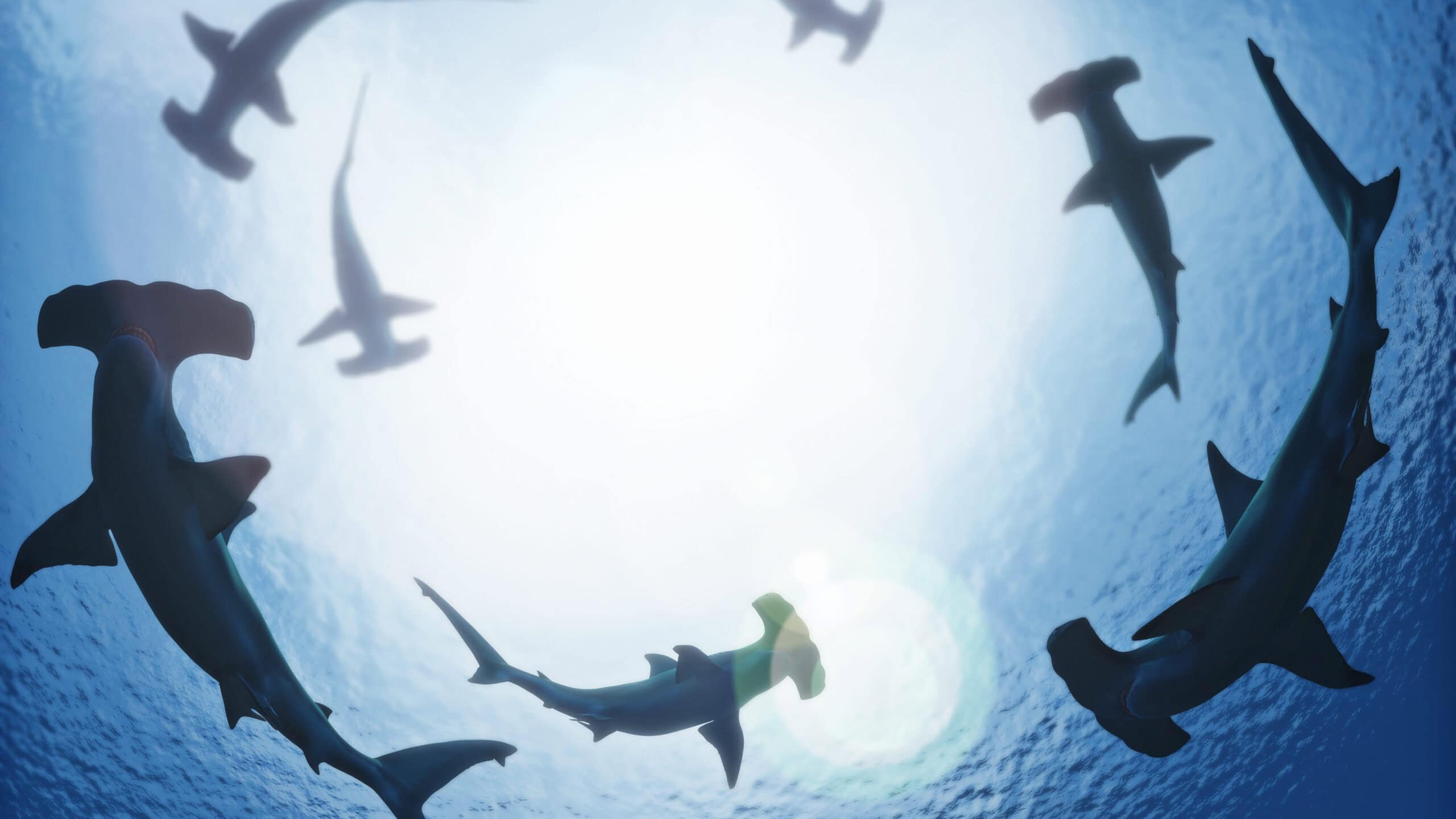
Popular culture has cemented the image of sharks circling their prey in ever-tightening loops before launching a violent attack. This portrayal suggests a calculated, almost sadistic predator toying with its victim. However, marine biologists and shark researchers paint a more complex picture. While sharks do indeed circle at times, this behavior isn’t always—or even primarily—a hunting tactic. In many cases, circling is more about caution and investigation than aggression.
The reality is that most shark species approach potential prey directly when hunting, with ambush attacks from below being far more common than prolonged circling. Species like the great white shark typically employ a “bite and wait” strategy, striking quickly from depth and then retreating to wait for the prey to weaken. The dramatic circling behavior we associate with shark attacks is often observed in contexts that don’t involve predation at all, such as social interactions between sharks or investigative behavior in unfamiliar situations.
Shark Sensory Systems and Circling
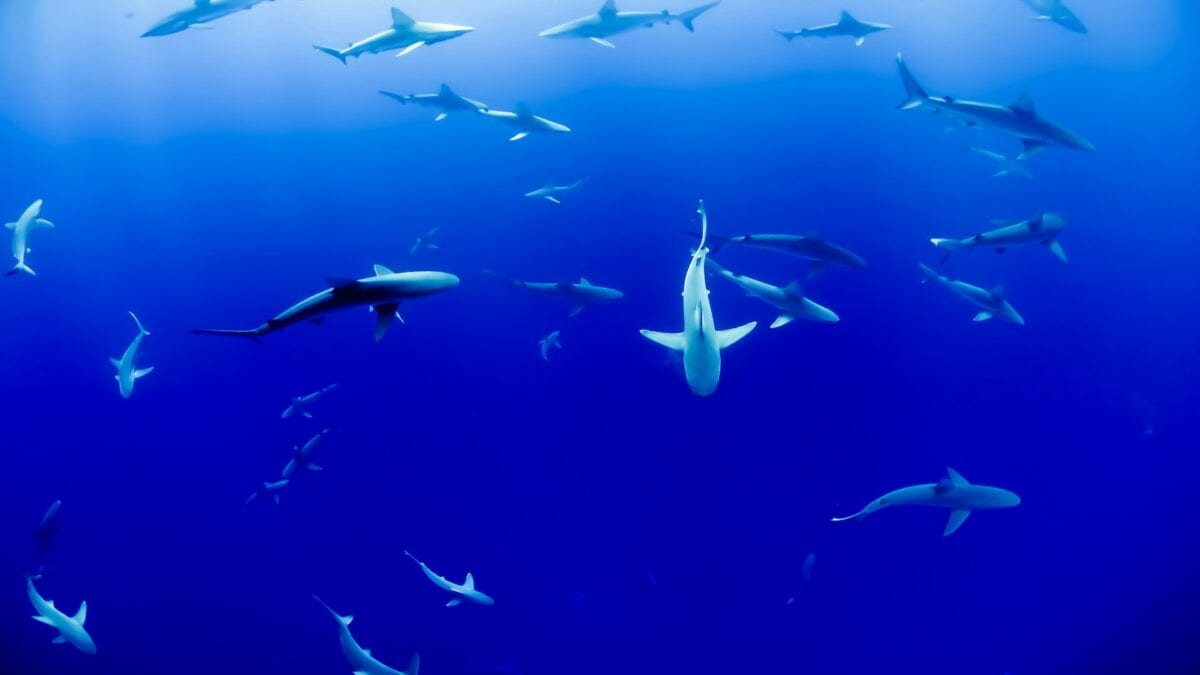
To understand why sharks circle, we must first appreciate their remarkable sensory capabilities. Sharks possess an array of sophisticated sensory organs that help them navigate and hunt in the ocean. Their lateral line system detects pressure changes in the water, while ampullae of Lorenzini can sense electrical fields generated by all living organisms. Their sense of smell is legendarily acute, with some species able to detect blood at concentrations as low as one part per million. Vision varies by species, with some having excellent eyesight and others relying more on other senses.
When a shark circles, it’s often positioning itself to gather information through these various sensory channels. Circling allows the shark to detect scents from different angles, helping triangulate the source. It also provides multiple visual perspectives of an object of interest and enables the shark to sense electrical fields from different positions. Rather than indicating an imminent attack, circling frequently represents a methodical information-gathering process as the shark tries to determine whether something is prey, threat, potential mate, or simply an object of curiosity.
The Role of Curiosity in Shark Behavior

Sharks are naturally curious creatures, a trait that has evolved to help them survive in diverse marine environments. When sharks encounter something unfamiliar in their territory—whether it’s a novel object, another marine animal, or human activity—they often approach cautiously to investigate. This investigative behavior frequently manifests as circling, which allows the shark to maintain a safe distance while gathering sensory information about the unknown entity.
Dr. Samuel Gruber, a pioneering shark researcher, has described sharks as “swimming sensory machines” that are constantly exploring their environment. This curiosity isn’t a precursor to aggression but rather a fundamental aspect of how sharks interact with their world. In many documented cases of sharks circling swimmers or divers, the behavior ends without any aggressive action once the shark has satisfied its curiosity. Understanding this distinction is crucial for interpreting shark behavior accurately and avoiding unnecessary fear.
Species-Specific Circling Behaviors
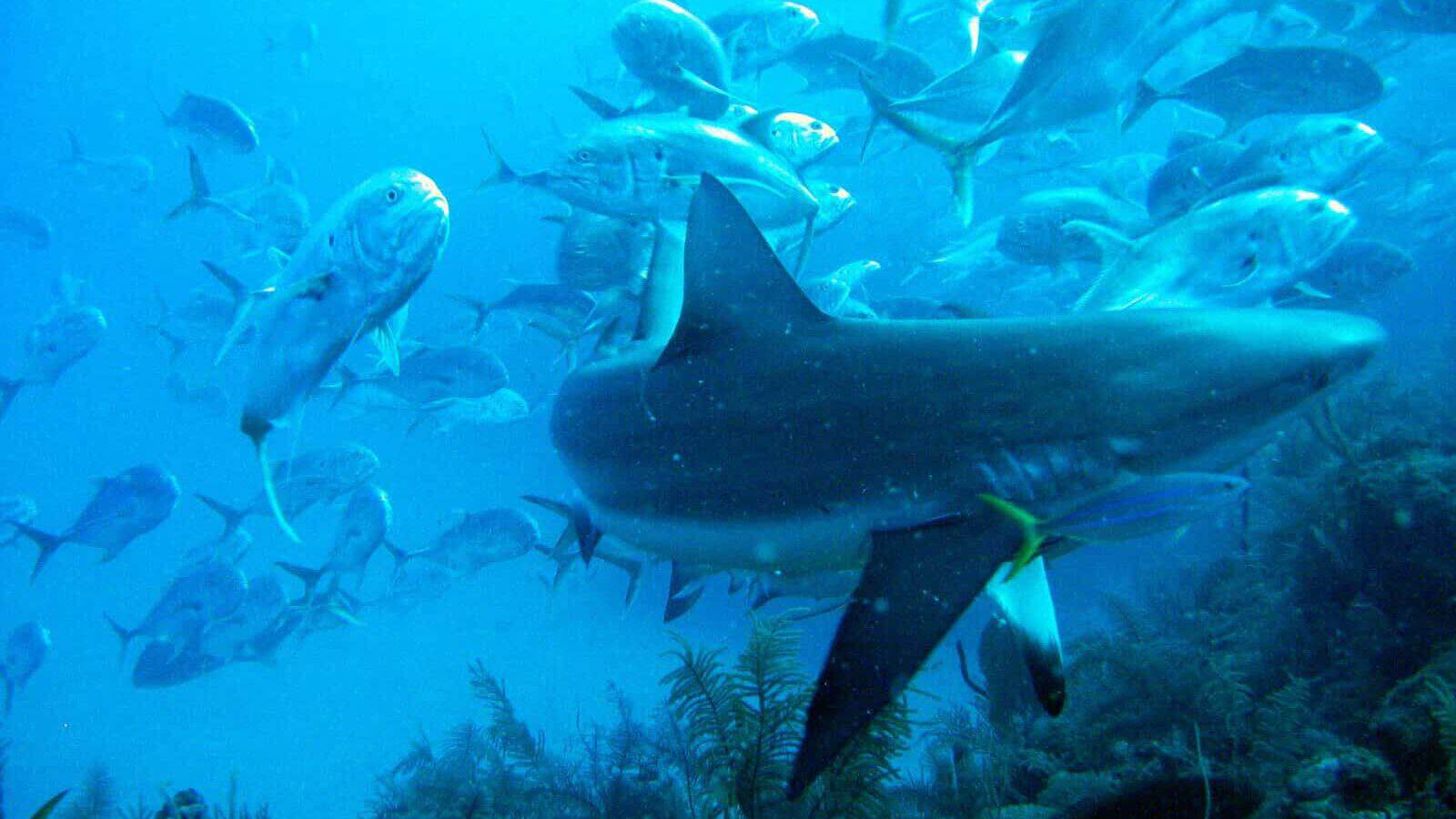
Not all sharks circle in the same way or for the same reasons. The approximately 500 species of sharks exhibit diverse hunting strategies and social behaviors. Reef sharks, like the Caribbean reef shark and blacktip reef shark, are more likely to display pronounced circling behavior when investigating potential prey or unfamiliar objects. These species are typically more cautious hunters and rely heavily on their ability to patrol a territory methodically.
In contrast, ambush predators like the great white shark rarely circle before attacking prey. They typically approach directly from below, using the element of surprise. Tiger sharks exhibit yet another pattern, often circling only after an initial investigative approach. Hammerhead sharks, with their distinctive head shape providing enhanced sensory capabilities, may circle to take advantage of their unique ability to detect electrical signals from multiple angles simultaneously. Bull sharks, known for their aggressive nature, tend to make direct approaches rather than extended circling patterns. These species-specific behaviors highlight the importance of avoiding generalizations about shark behavior.
Circling as a Defensive Mechanism
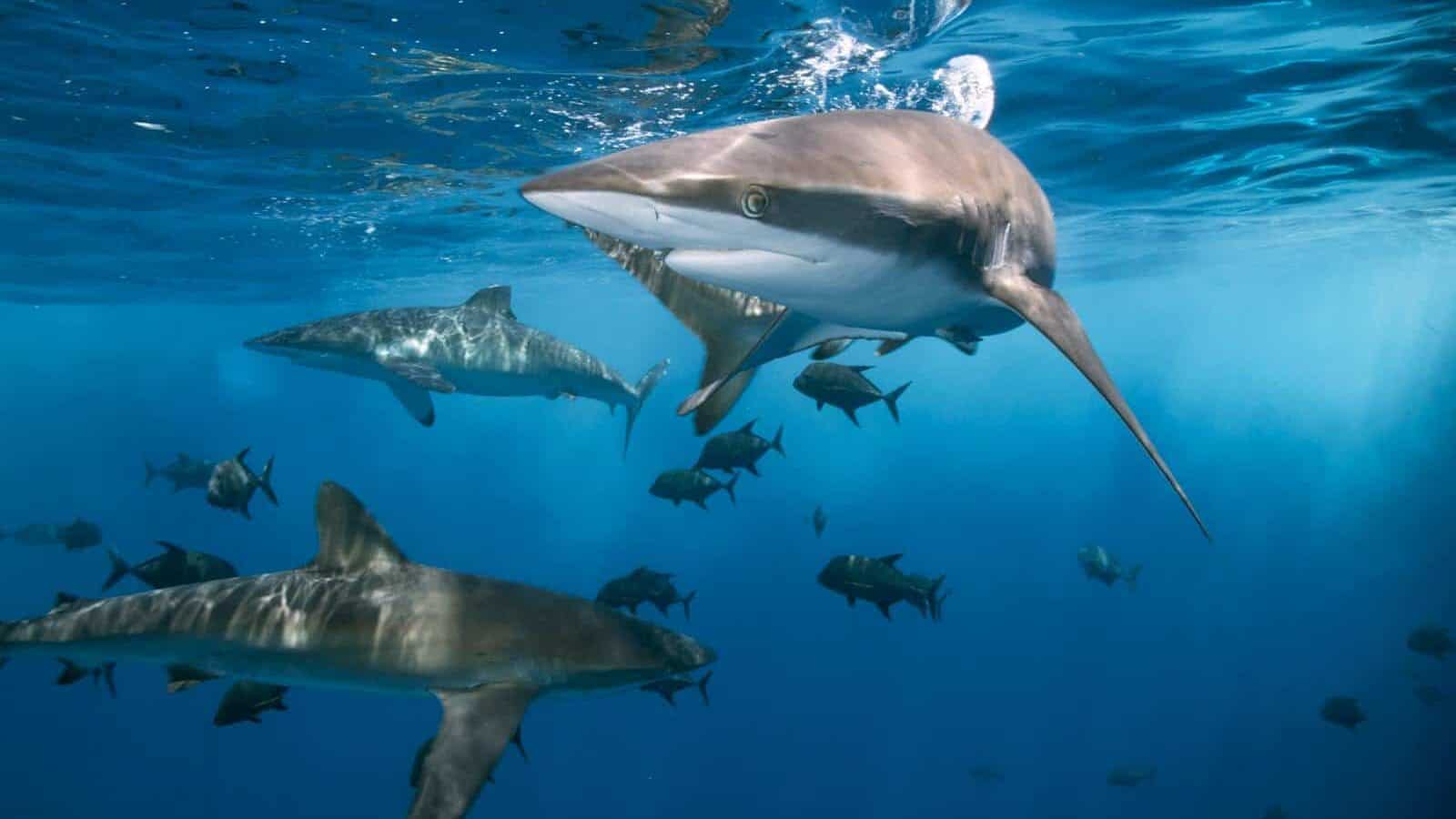
Contrary to popular belief, circling isn’t always an offensive strategy. In many cases, sharks circle as a defensive mechanism when they feel threatened or uncertain. This behavior allows them to maintain visual contact with a potential threat while preserving a safe distance. It gives the shark time to assess whether the unfamiliar entity poses a danger and determine the appropriate response—whether that means retreating, continuing to observe, or, rarely, attacking.
When divers or swimmers encounter circling sharks, it’s often because the shark is cautiously evaluating whether humans represent a threat. Marine biologists who study shark behavior emphasize that in these situations, the shark is typically more afraid than aggressive. Understanding this perspective can transform how we interpret shark encounters. Rather than seeing circling as an inevitable prelude to attack, we can recognize it as a sign that the shark is exercising caution and gathering information before deciding how to proceed—which often results in the shark simply swimming away once its curiosity is satisfied.
The Connection Between Circling and Feeding Behavior

While circling isn’t always related to hunting, there are specific feeding contexts where this behavior does serve a predatory purpose. When sharks detect blood or other feeding cues in the water, circling can help them locate the precise source of these stimuli. By swimming in patterns around the general area where they’ve detected potential prey, sharks can use their sensitive olfactory systems to determine where the concentration of scent is strongest, leading them toward wounded or vulnerable prey.
Additionally, some shark species exhibit what researchers call “feeding circles”—a behavior observed particularly during group feeding events. In these scenarios, multiple sharks may circle a concentrated food source, such as a school of fish or a dead whale. This circling serves both to maintain position near the food and to establish a kind of informal hierarchy among the feeding sharks. It’s worth noting that even in these feeding contexts, circling is more about efficient resource utilization than about sizing up prey before an attack, as is often portrayed in popular media.
Social Dynamics and Circling Patterns
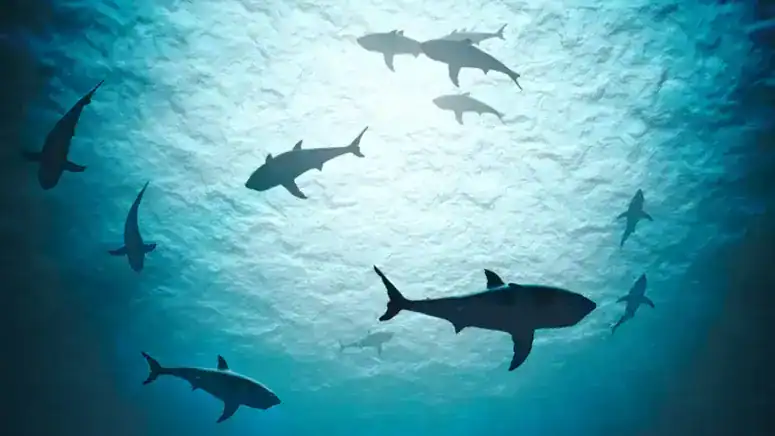
Shark circling isn’t exclusively related to predation or threat assessment—it also plays a role in social interactions between sharks. Many species exhibit complex social behaviors that include circling patterns during mating rituals, territorial displays, or when establishing dominance hierarchies. For example, during courtship, male sharks often circle female sharks as part of elaborate mating behaviors. These circling patterns may involve specific swimming postures or movements that communicate reproductive readiness.
In social species like lemon sharks, hammerheads, and some reef sharks, circling can be observed when sharks encounter others of their kind. This behavior helps establish spatial relationships and communicate intent without necessarily leading to conflict. Research conducted at shark aggregation sites has revealed that these animals often maintain sophisticated social structures, with circling serving as one element of their non-verbal communication system. These social dimensions of circling behavior highlight how simplistic it is to characterize all shark circling as predatory behavior.
Environmental Factors Influencing Circling
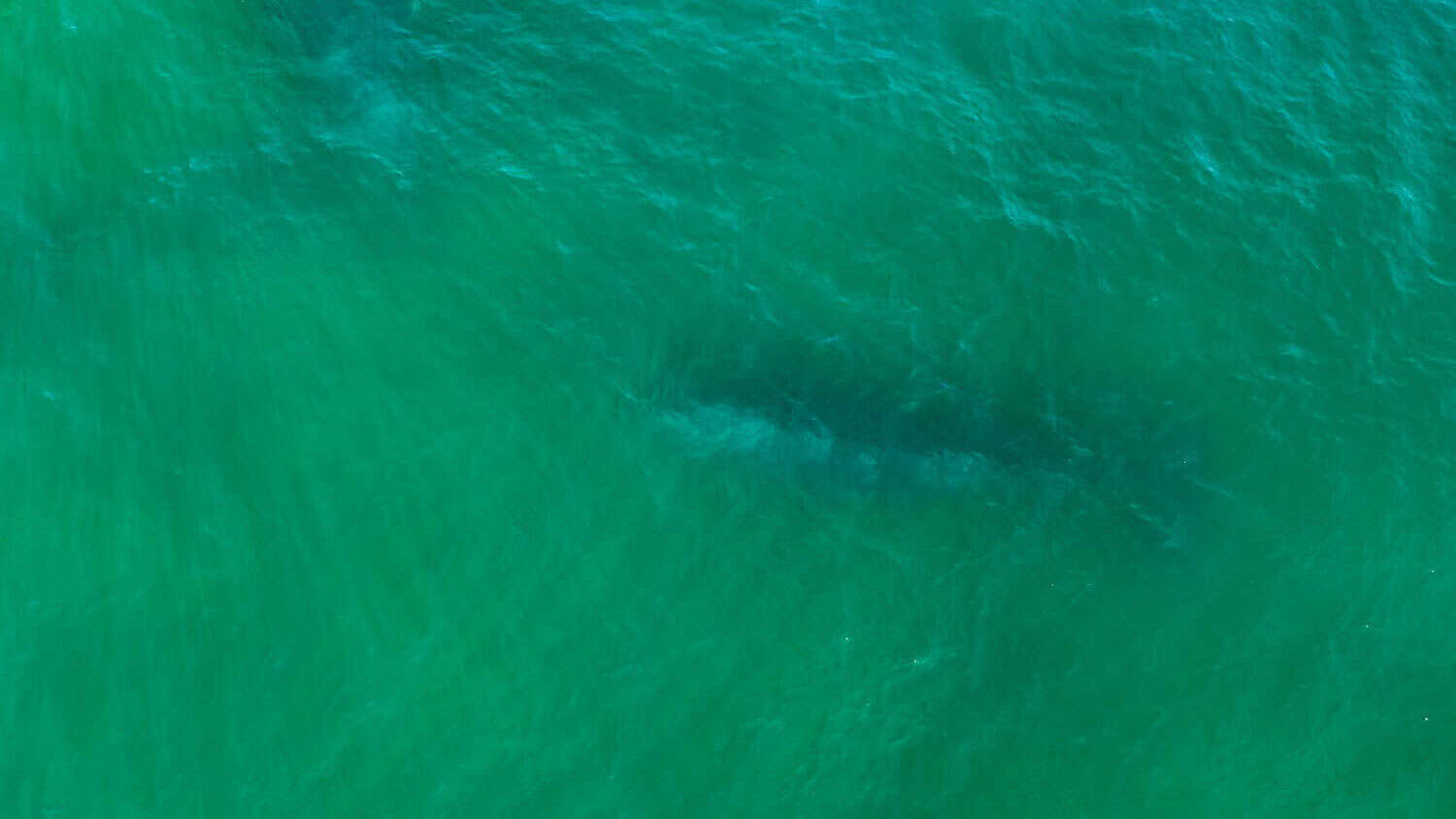
The marine environment itself plays a significant role in when and why sharks circle. Factors such as water visibility, current patterns, underwater topography, and the presence of other marine life all influence shark movement patterns. In murky water with low visibility, sharks may circle more frequently as they rely less on visual cues and more on their other senses to navigate and investigate their surroundings. Similarly, in areas with strong currents, circling may help sharks maintain their position while expending less energy.
Time of day also impacts shark behavior, with many species becoming more active during dawn and dusk—periods known as the “transition times.” During these hours, sharks may exhibit more investigative behaviors, including circling. Water temperature affects shark metabolism and activity levels, potentially influencing their movement patterns as well. Understanding these environmental factors provides important context for interpreting shark behavior and recognizing that circling often represents an adaptation to specific environmental conditions rather than aggressive intent.
Mistaken Identity and Investigative Bites
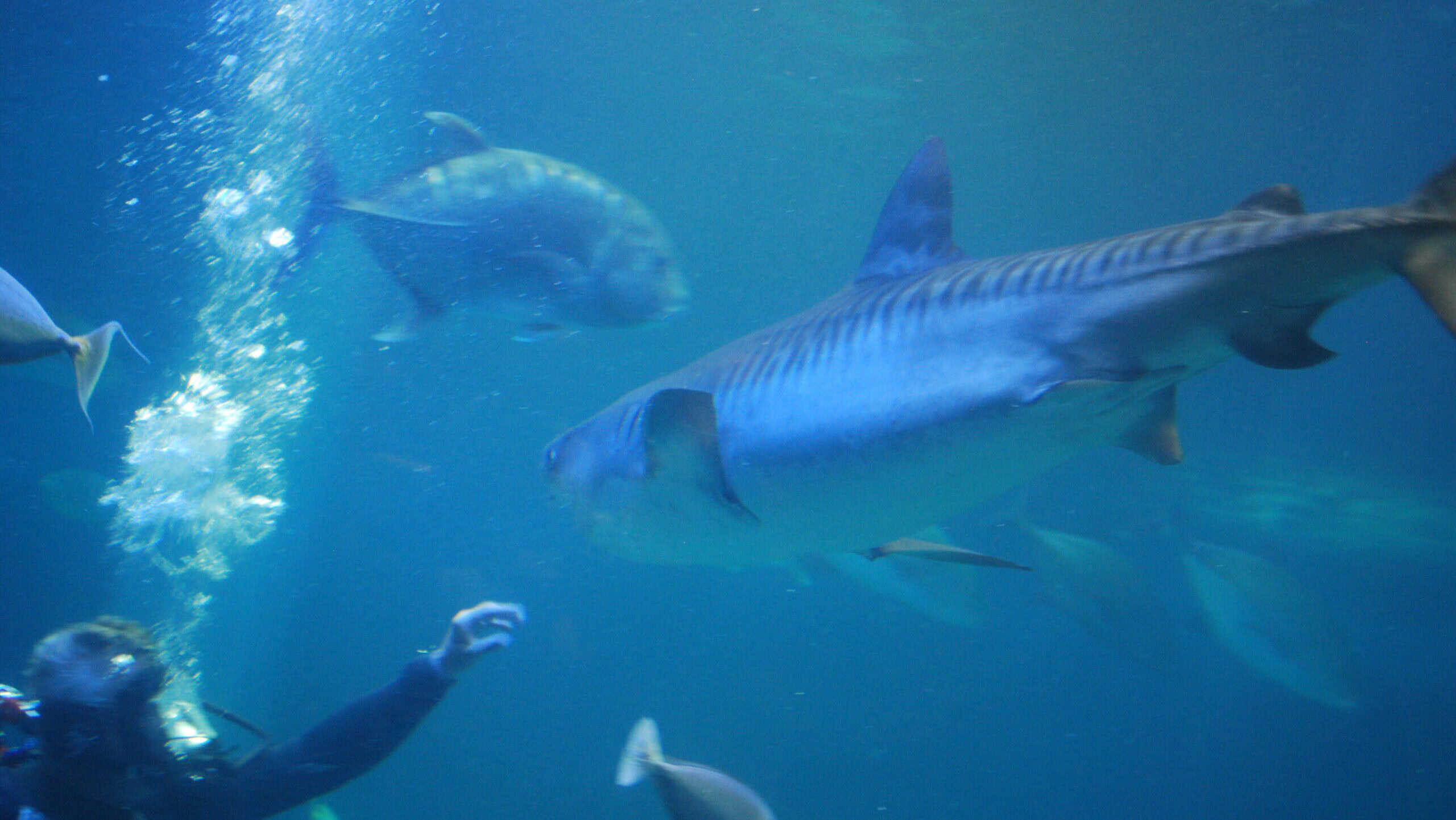
When sharks do circle before an attack, it’s often related to a phenomenon that researchers call “mistaken identity.” This occurs particularly with species like great white sharks, which naturally prey on seals and sea lions. From below, a human on a surfboard can resemble the silhouette of these natural prey animals. In these cases, circling might occur as the shark gathers more information about the potential prey item, trying to confirm its identity before committing to an attack.
Many shark bites on humans are what researchers term “investigative bites” rather than predatory attacks. Sharks lack hands to explore objects, so they sometimes use their mouths to investigate unfamiliar items. When this happens to be a human, the results can be serious or fatal, even though the shark wasn’t actually attempting to consume the person. After such investigative bites, sharks typically do not return for additional bites—a pattern that would be expected in a true predatory attack. This distinction helps explain why most shark encounters, even those that begin with circling behavior, do not result in attacks, and why many attacks that do occur are single bites rather than sustained feeding attempts.
Historical Observations and Modern Research
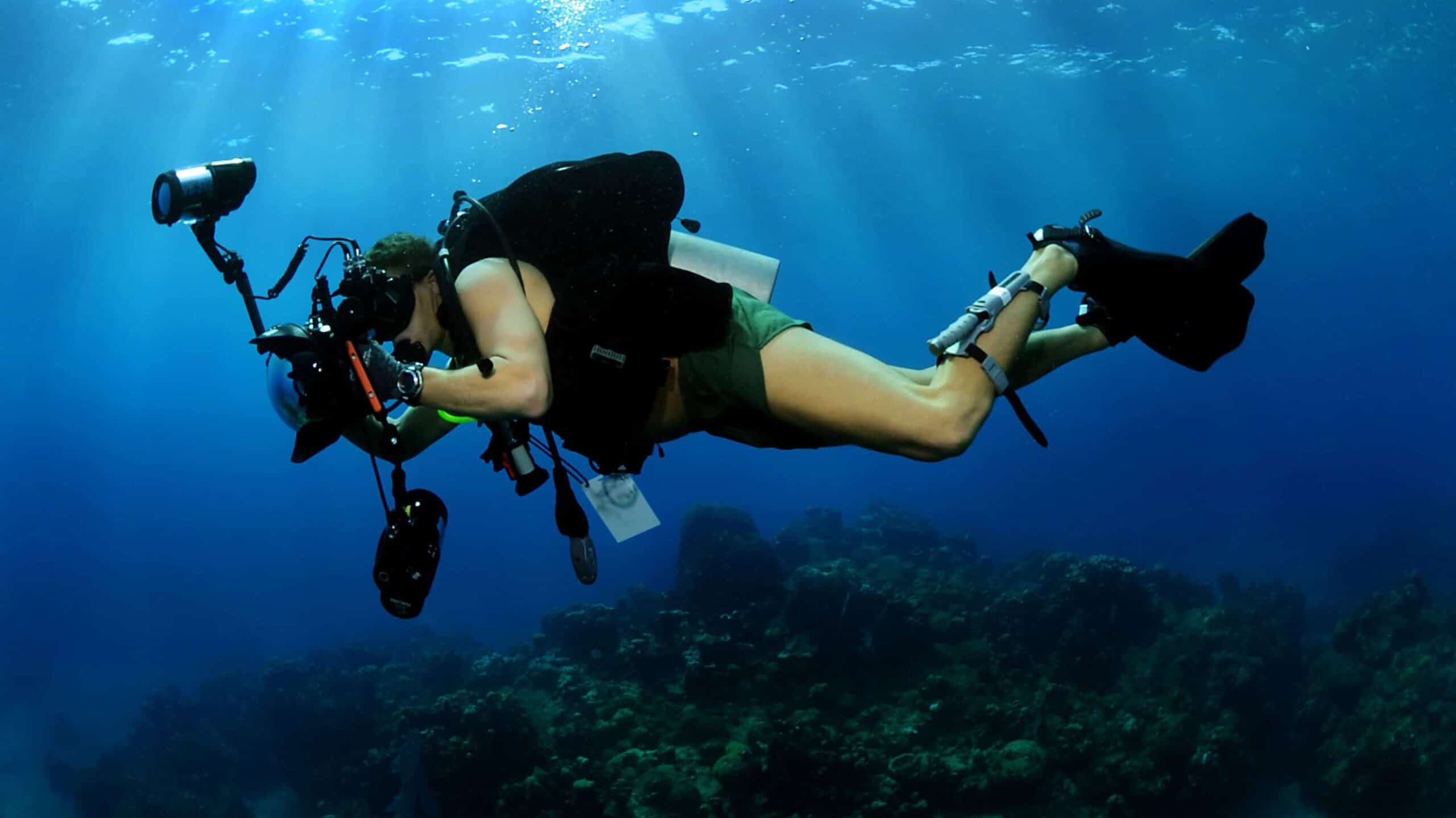
Historical accounts of shark behavior, including circling, date back centuries. Sailors, fishermen, and early naturalists documented observations of sharks circling ships, other marine life, and occasionally humans. These historical accounts often contributed to the fearsome reputation of sharks, particularly when the observers had limited understanding of shark biology and behavior. Early scientific studies of sharks in the late 19th and early 20th centuries began to provide more systematic observations, but were still limited by the technological challenges of studying marine predators in their natural environment.
Modern shark research has transformed our understanding of circling behavior. Technologies like acoustic tagging, satellite tracking, underwater cameras, and drones now allow scientists to observe sharks without disturbing their natural behavior patterns. These tools have revealed that circling is far more nuanced than previously thought. Research conducted by organizations such as the Woods Hole Oceanographic Institution, the University of Miami’s Shark Research and Conservation Program, and Australia’s CSIRO Marine Research has documented various contexts for circling behavior and demonstrated that it rarely precedes attacks on humans. This growing body of scientific evidence has helped demystify shark behavior and challenge long-standing misconceptions about circling as a uniformly aggressive behavior.
Safety Implications for Human-Shark Interactions
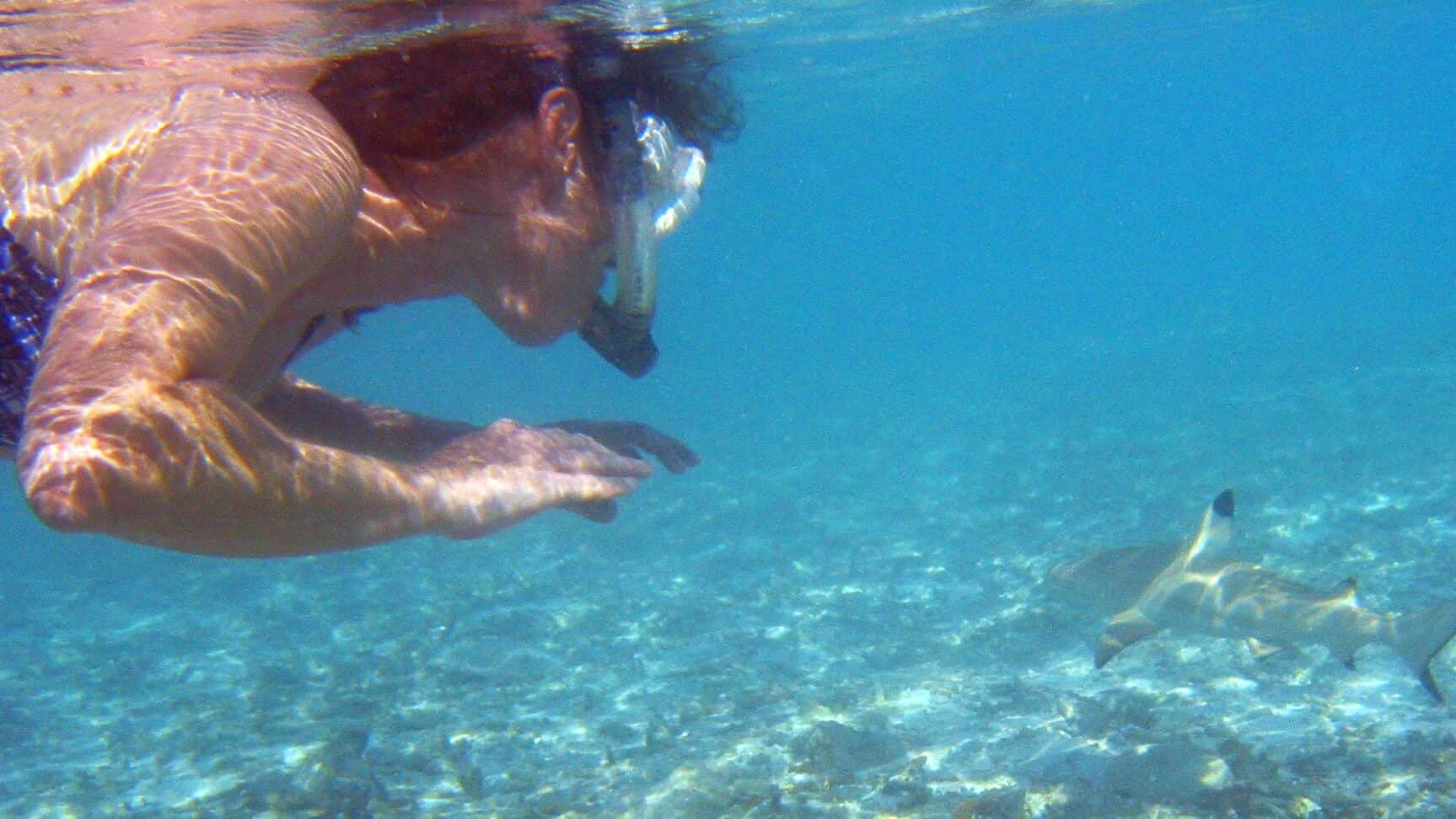
Understanding the true nature of shark circling has important implications for human safety in marine environments. When encountering a circling shark, the appropriate response is typically not panic but calm, deliberate movement. Marine safety experts advise maintaining visual contact with the shark, staying upright in the water (rather than horizontal, which may resemble prey), and moving slowly and steadily toward an exit point such as a boat or shore. Erratic movements and splashing can actually increase a shark’s interest by mimicking the behavior of injured prey.
Knowledge of species-specific behaviors can also inform risk assessment. Encounters with species known to be more investigative, such as tiger sharks or bull sharks, might warrant more caution than encounters with species that rarely interact with humans. Additionally, understanding the environmental and behavioral contexts that increase risk—such as swimming at dawn or dusk, in murky water, near fishing activity, or in areas where natural prey is abundant—can help people make informed decisions about ocean activities. This science-based approach to shark safety, grounded in accurate understanding of behaviors like circling, offers a more effective alternative to fear-based responses.
The popular image of sharks circling before attacking represents just one small facet of a complex behavioral repertoire. In reality, shark circling serves multiple purposes: gathering sensory information, maintaining a safe distance during investigation, establishing social dynamics, responding to environmental conditions, and occasionally—but not primarily—preparing for predation. By understanding these nuances, we can interpret shark behavior more accurately and interact with these remarkable predators more safely.
This more complete understanding of circling behavior also contributes to shark conservation efforts by countering harmful stereotypes that portray sharks as mindless killing machines. Sharks face numerous threats, including overfishing, habitat destruction, and climate change, with an estimated 100 million sharks killed annually by humans. By contrast, shark attacks on humans remain extremely rare, with typically fewer than 10 fatalities worldwide each year. Recognizing the complexity and context-dependence of behaviors like circling helps foster a more balanced perspective on these ecologically vital predators.
As we continue to study sharks and their behavior, our understanding will undoubtedly evolve further. What remains clear is that the real reason sharks circle is far more fascinating than fiction would have us believe. Rather than seeing circling as a simple prelude to attack, we can appreciate it as one element in the behavioral repertoire of sophisticated predators that have been evolving and adapting for over 400 million years. This perspective not only enhances our scientific understanding but also promotes a more respectful relationship with the ocean and its inhabitants.
- The Real Reason Sharks Circle Before Attacking - August 14, 2025
- Can You Train a Pet Snake? Here’s What Experts Say - August 14, 2025
- Why Some Forests in the US Are Covered in a Mysterious Blue Glow - August 14, 2025

